- Anesthesiology Malpractice
- Posts
- OR Fire Burns Child's Face
OR Fire Burns Child's Face
Case #13
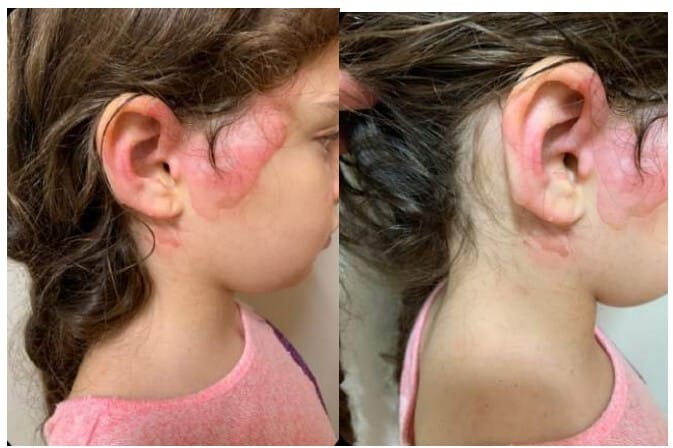
A 10-year-old girl presented to an optometrist for evaluation of a lesion on her left lower eyelid.
The optometrist felt that it was a papilloma, and referred her to an ophthalmologist for further evaluation.
She was seen by Dr. L, ophthalmologist, who agreed with the diagnosis of suspected papilloma.
The patient had no complaints in regards to vision or irritation from the lesion.
However, the patient, her parents, and the ophthalmologist felt that removal was appropriate for cosmetic reasons.
The ophthalmologist assessment is shown here:

On the day of the procedure, her parents took this picture of her.
Note the lesion on the left lower eyelid.
The anesthesiologist, Dr. T, met the patient in pre-op. She discussed the plan with the patient and her parents.
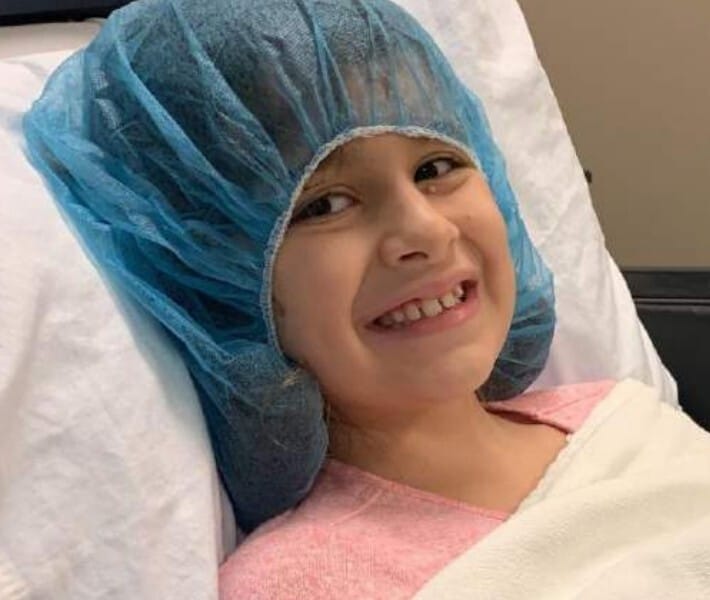
Become a better anesthesiologist by reviewing malpractice cases.
Paying subscribers get a new case every week and access to the entire archive.
The anesthetic and initial steps of the surgery were uncomplicated.
However, at one point the surgeon used a handheld cautery.
It seems that there was some sort of communication between Dr. L (ophthalmologist) and Dr. T (anesthesiologist) about the cautery use.
Unfortunately, a fire immediately broke out upon use of cautery.
The events are described in a note by one of the OR nurses:

The surgeon’s note is shown here:
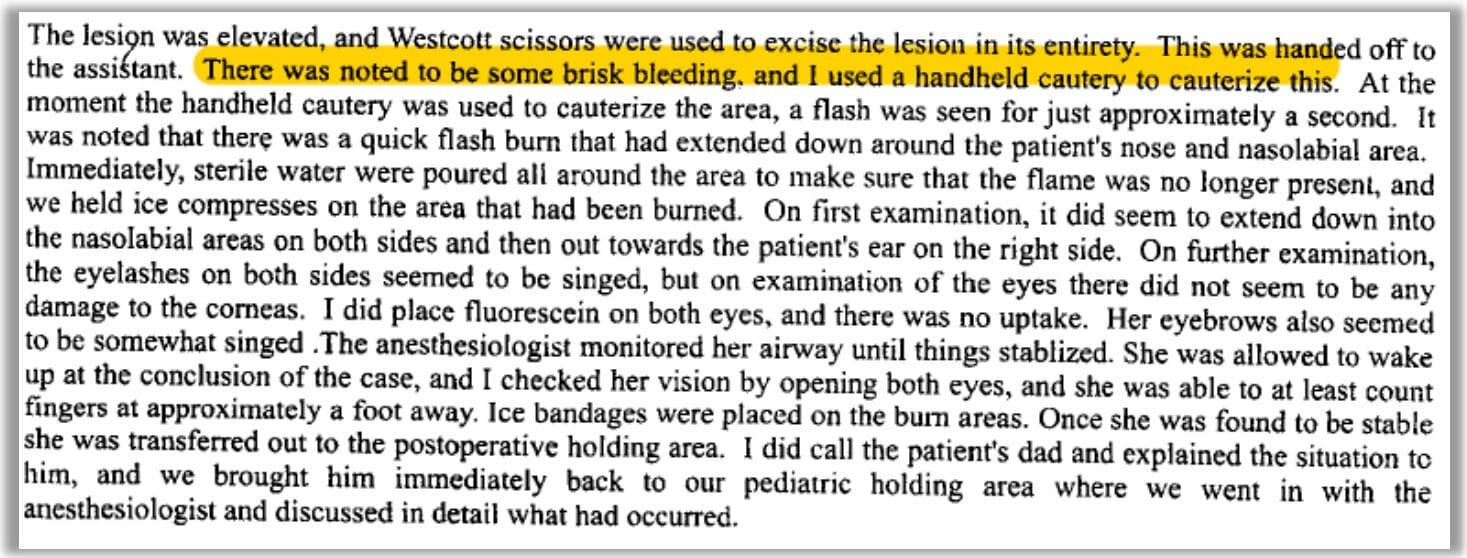
The anesthesiologist wrote this narrative:
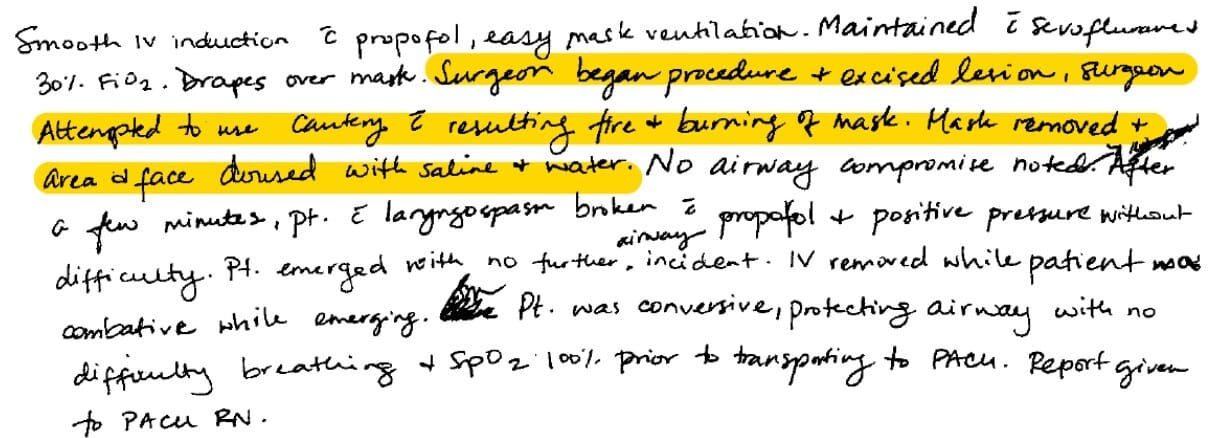
An OR staff member wrote this note about treating the patient in the immediate aftermath.

Her parents took pictures after being reunited with her.

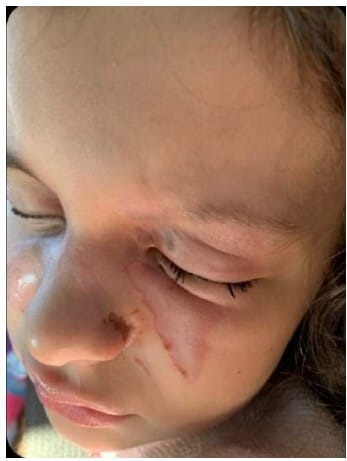
The parents were irate.
Both the anesthesiologist and ophthalmologist met with them, explained what happened, and apologized.
The director of the surgery center came to the bedside as well and promised that they would pay for her burn care.
The physicians called the local burn center to discuss the case, and she was accepted for admission.
The patient was taken by private vehicle to the hospital and admitted to the burn center.

The following day, the patient underwent surgery.
Her parents took additional pictures.
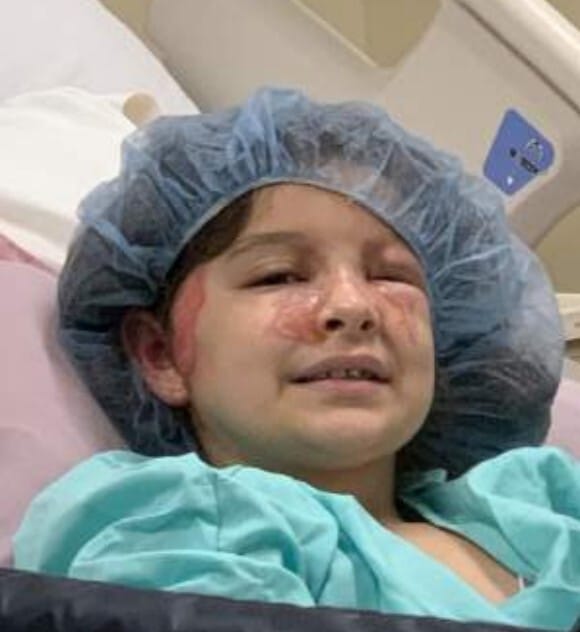
Devitalized tissue was removed, and wounds were covered with Epiburn grafts.
She was discharged home with a stretch net on her head to hold bandages in place.

Over the following months, she was seen at multiple follow-up appointments.
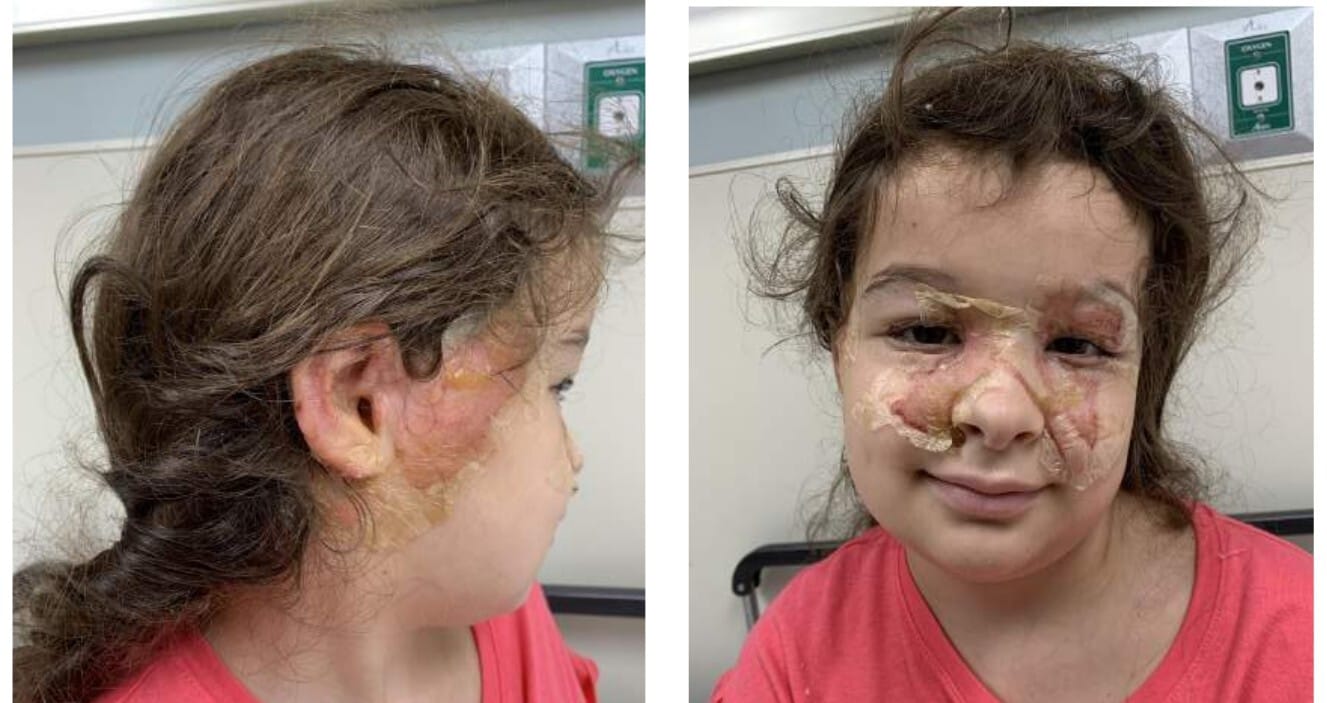
Her cosmetic outcome did improve over time, but she was left with some degree of scarring.

Learn from bad outcomes and lawsuits that other anesthesiologists have faced.
Help protect yourself from litigation.
The patient’s family contacted an attorney.
They filed a lawsuit against the anesthesiologist and the anesthesiology group.
The anesthesiologist was accused of altering the record, specifically the FiO2 around the time of the fire.
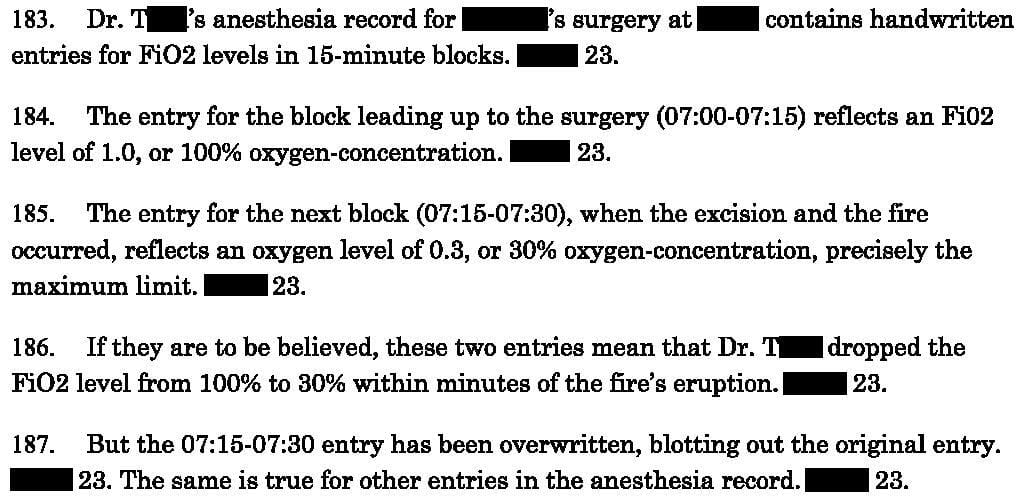
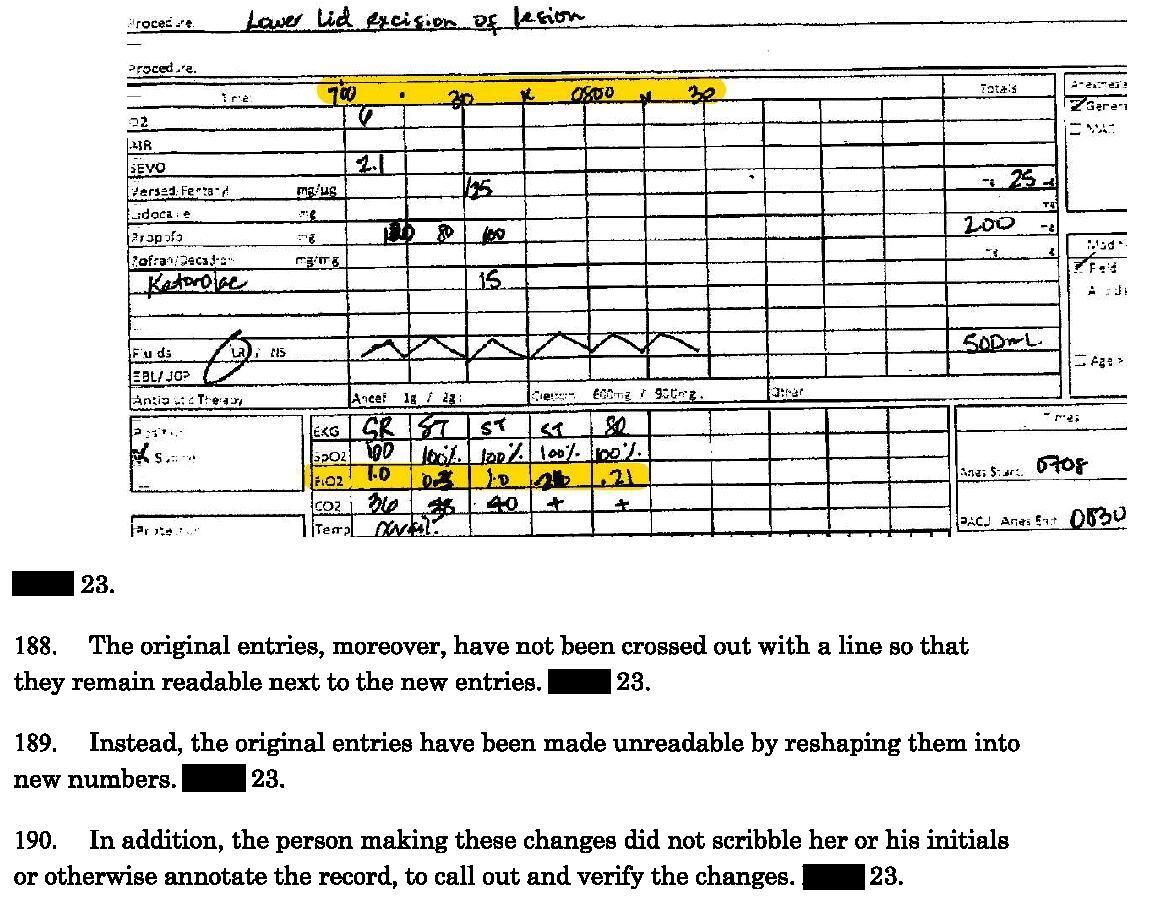
The plaintiff’s anesthesiology expert witness is shown here:
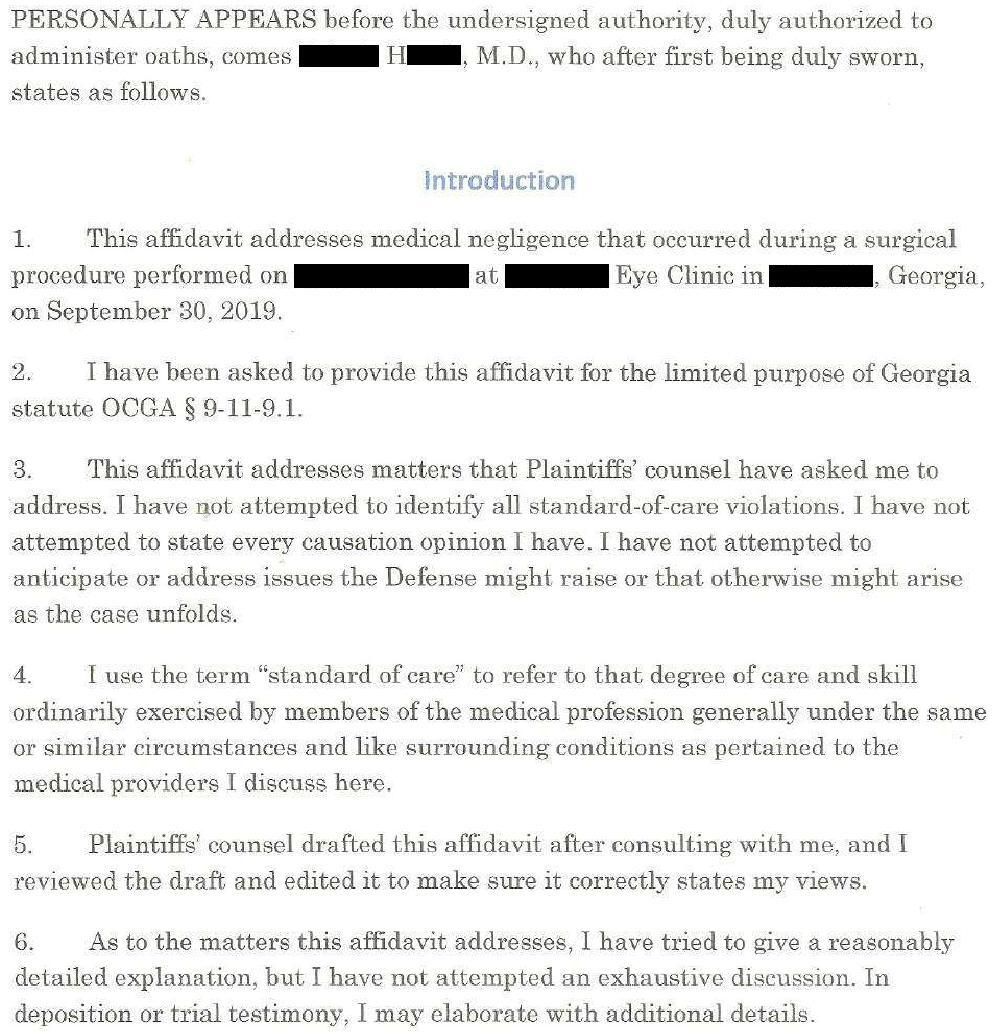
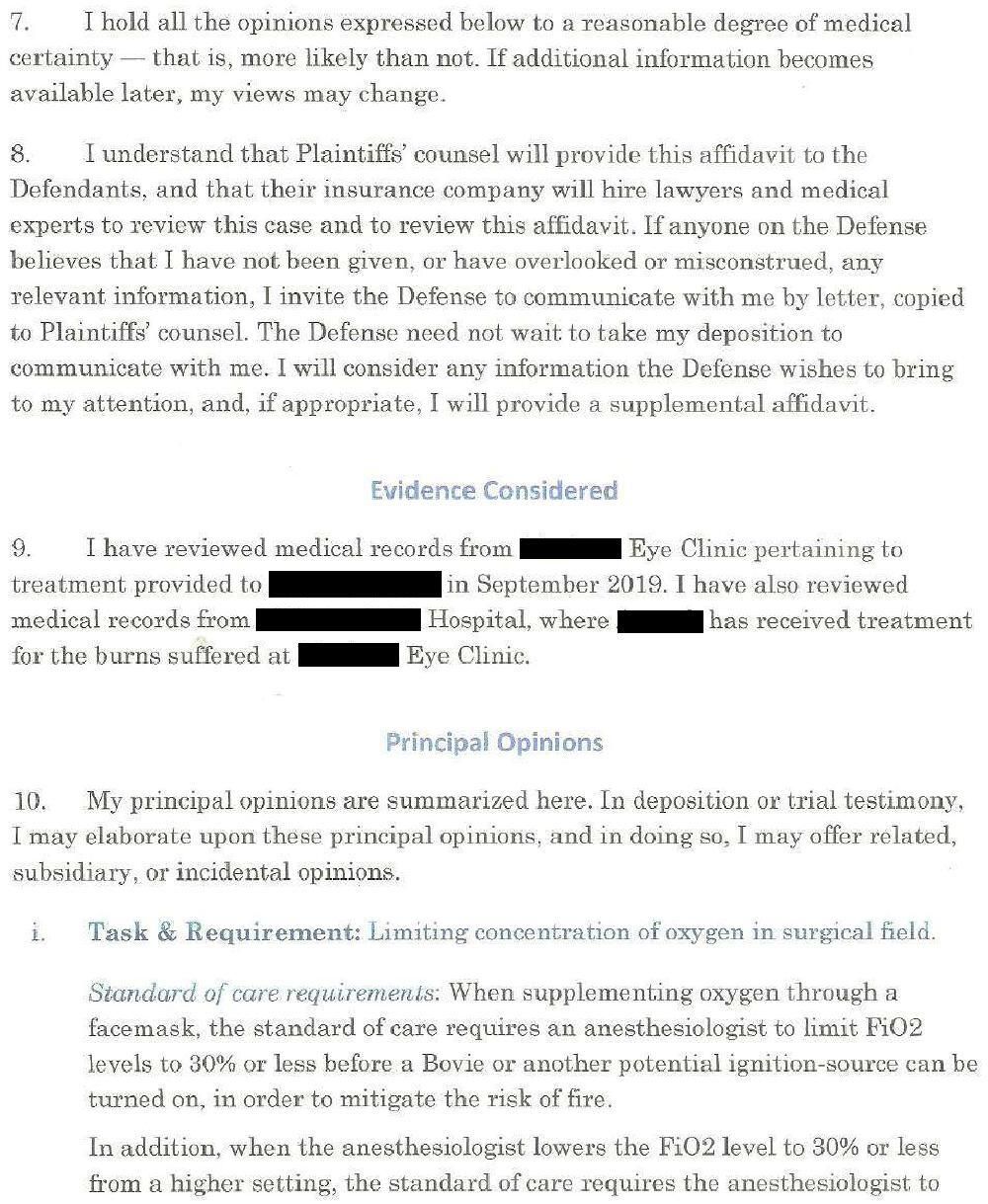
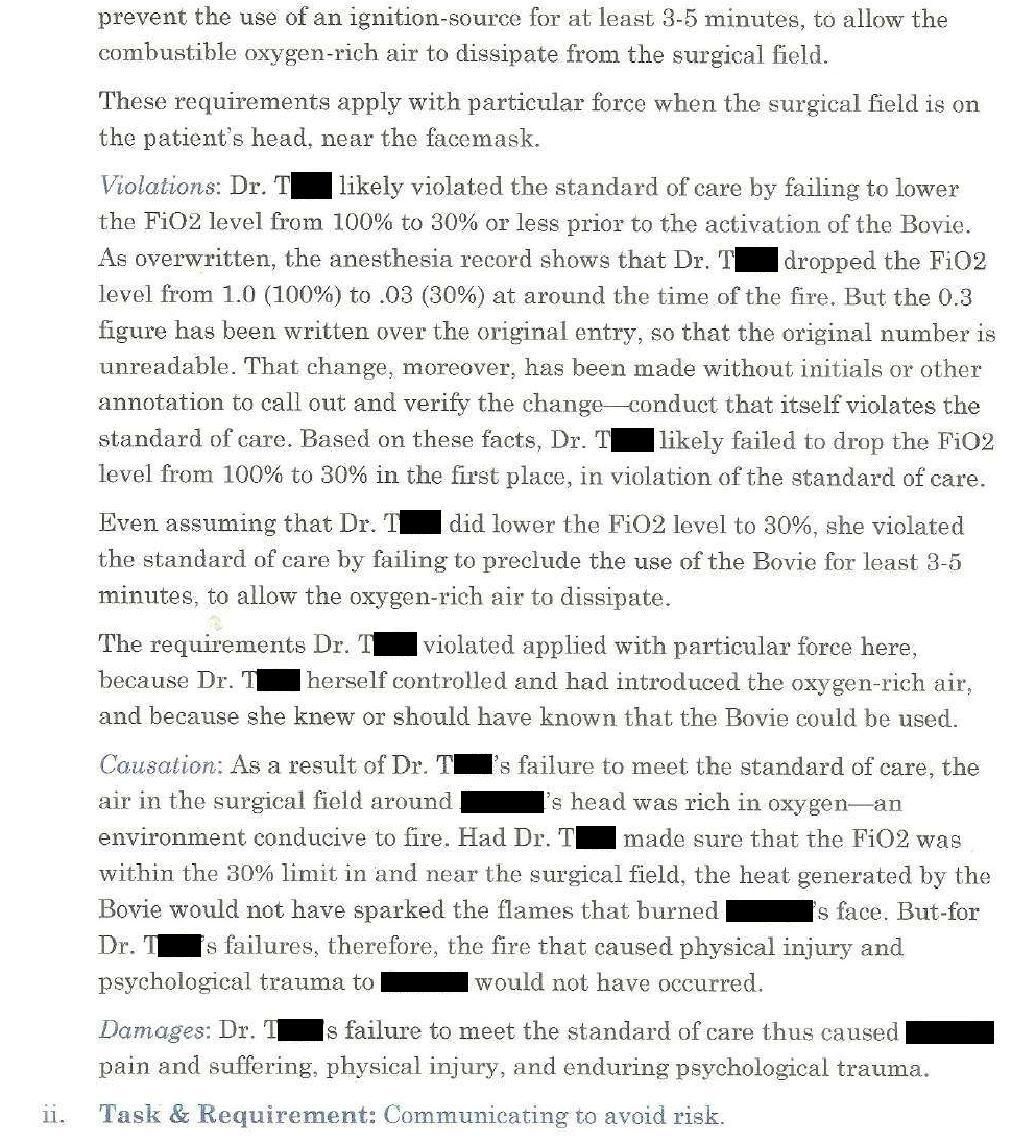
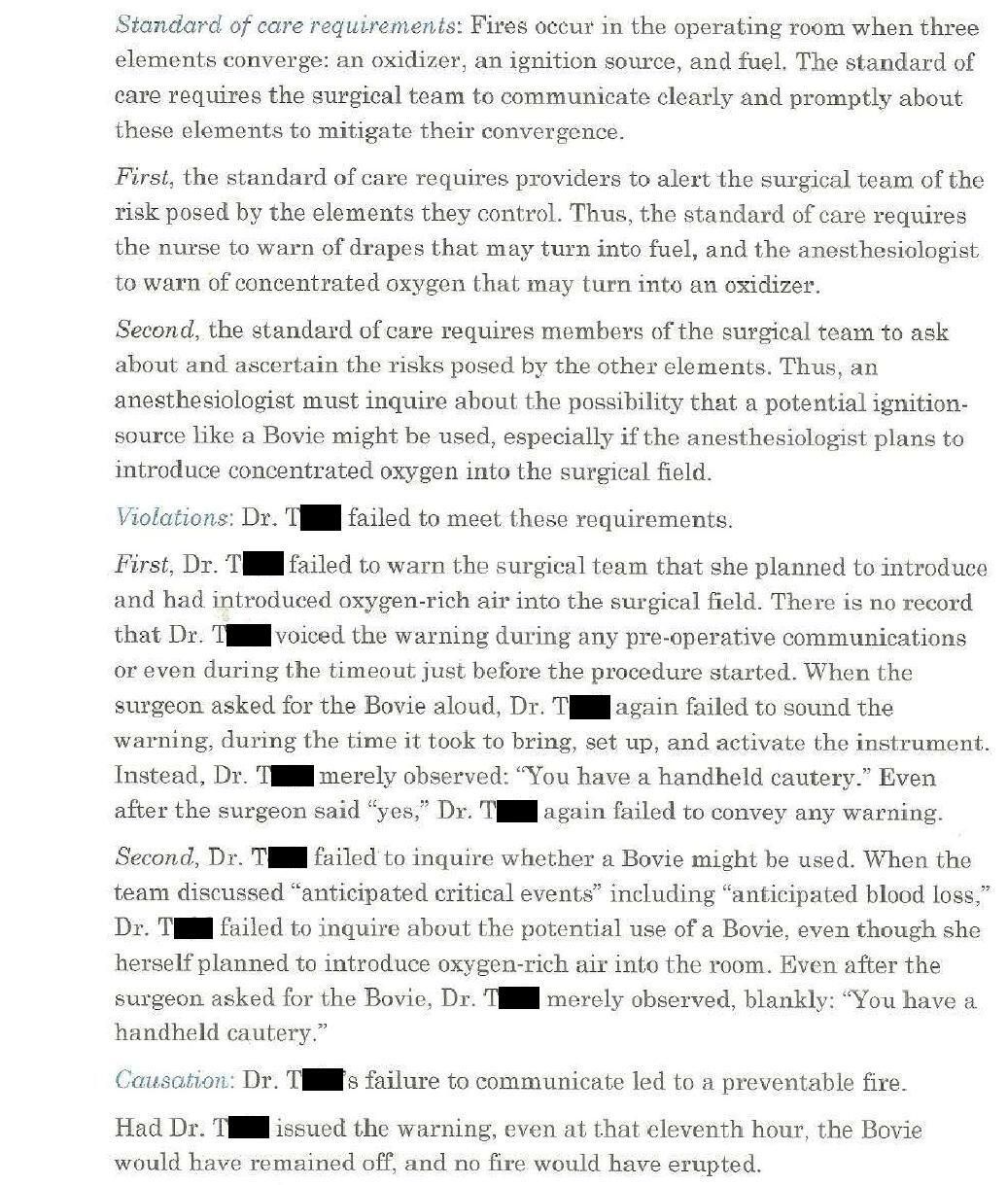
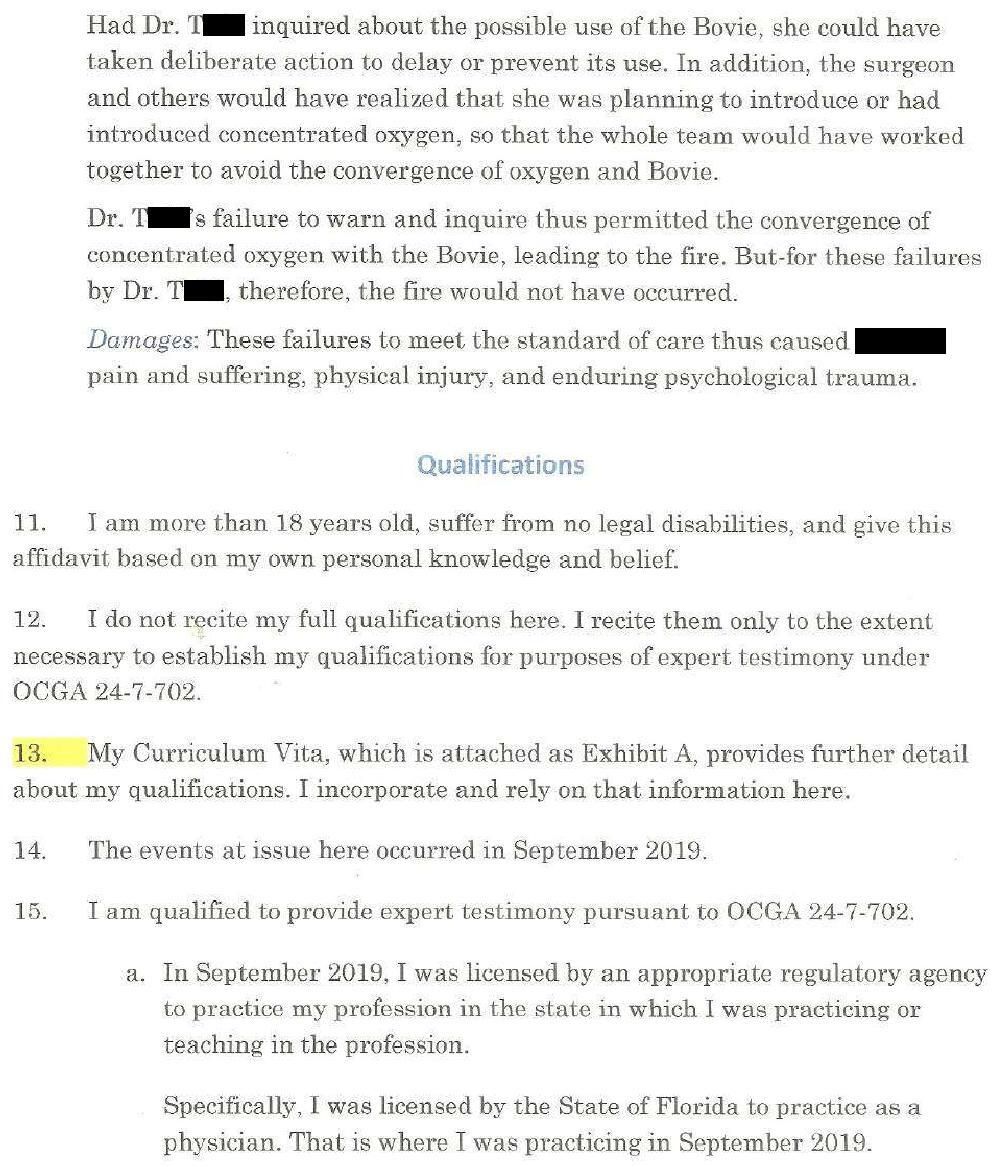
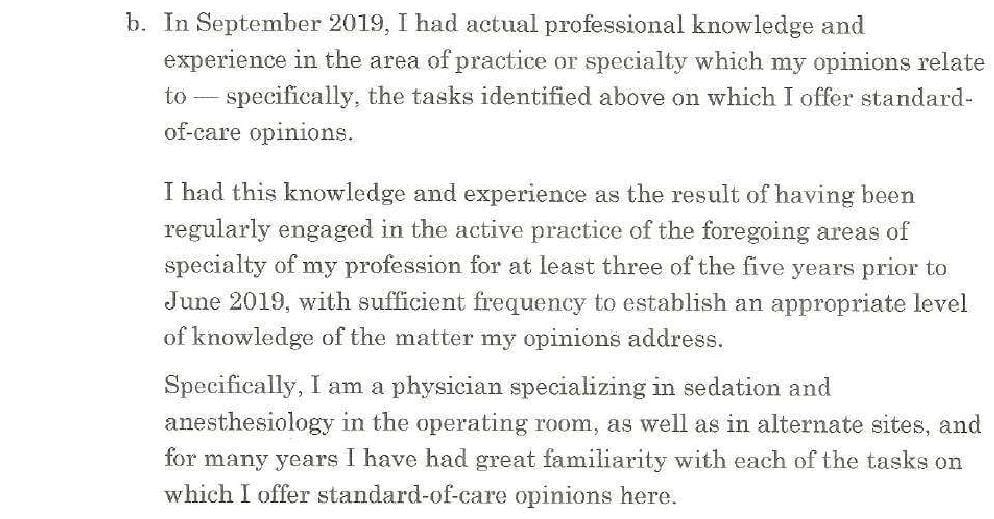
Outcome
Both sides reached a confidential settlement and the lawsuit was withdrawn.
The law firm published a podcast about this case.
For those who are interested, you can listen to the plaintiff’s attorney speak about his perspective.
MedMalReviewer/Anesthesiologist Analysis
There seems to have been a miscommunication between the ophthalmologist and the anesthesiologist. The nursing staff documented that there were at least a few sentences spoken about cautery use. If this note is to be believed, the anesthesiologist knew the ophthalmologist was about to use cautery but didn’t take any action. It’s not clear if she was in the process of turning the O2 down and thought the ophthalmologist was going to wait a bit longer, or if there is some other explanation for the miscommunication.
Altering medical records after a bad outcome happens is almost always a bad idea. I have seen many physicians (not just anesthesiologists) do this, and it always turns out poorly for them. I thought this was fairly common knowledge amongst doctors, but it appears that the temptation is too much to overcome in many instances. This case is a bit unique in that the alteration was made on a paper record (as opposed to the EMR changes that can be digitally tracked through an audit trail record). It’s possible that the anesthesiologist thought she could get away with it because there was no digital record of the alterations. If the plaintiff’s attorney is to be believed, the analysis of the paper and ink proved that an alteration happened. I’m not saying that you can’t write anything at all after a bad outcome (after all, you have to finish documenting), but it would be wise to talk to your hospital risk manager or malpractice insurance representative before doing so.
I think settling this case was the right thing to do. It truly is a sad outcome for the girl and I sympathize with the pain and distress this has caused her family. She went in to resolve a cosmetic issue, and the outcome was even worse than when it started. Reminds me of the old adage “there’s no problem so bad that surgery can’t make it worse”. A jury is going to be very charitable toward them. Notably, I did not find any record that the ophthalmologist was sued. It’s possible that they reached a pre-lawsuit settlement, but it’s also possible that the plaintiffs felt that the responsibility should be solely on the anesthesiologist.
Reply